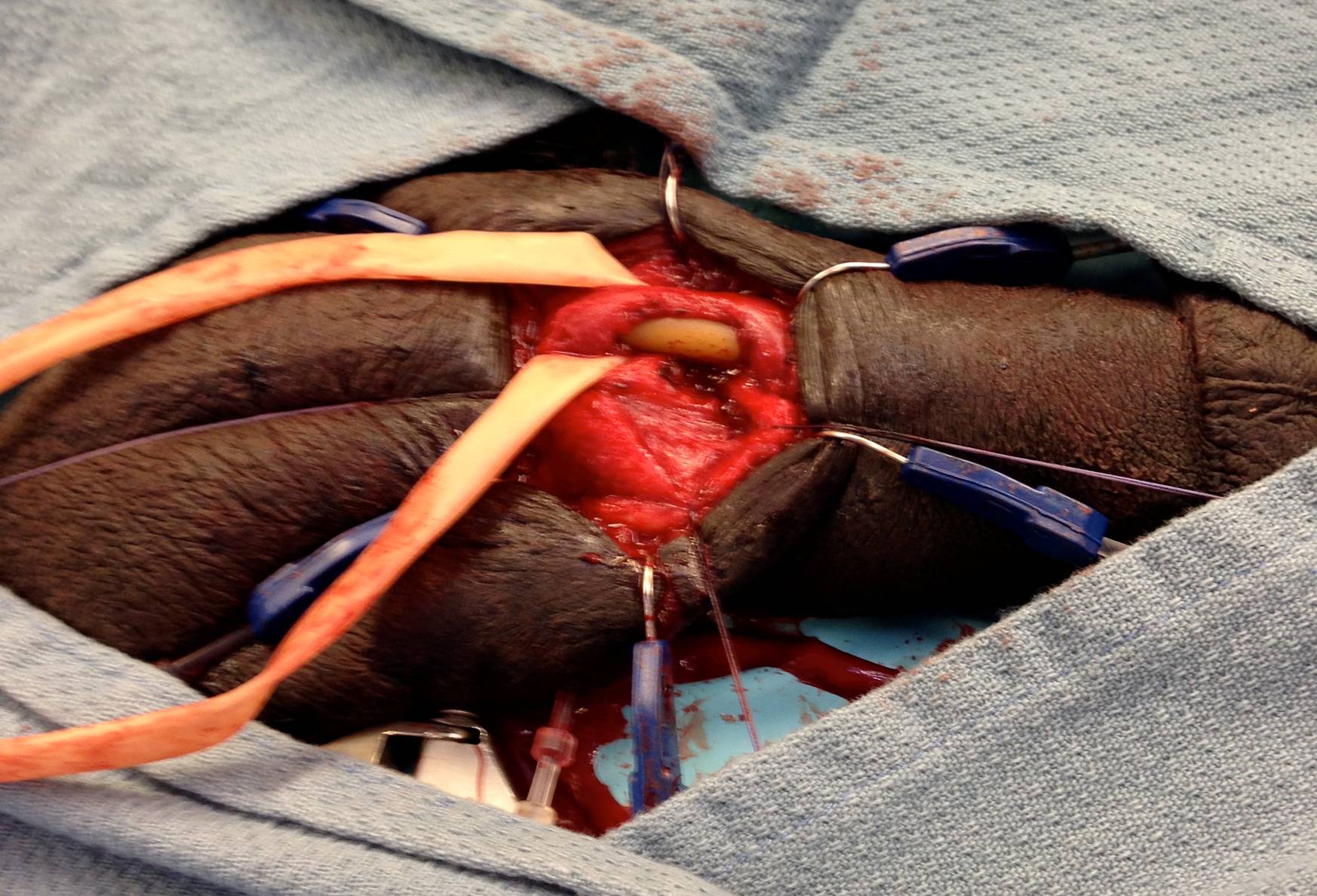|
Back to 2014 Annual Meeting Abstracts
Penile Fracture and Associated Morbidity: 9-Year Experience at a Tertiary Care Center
Anthony J. Esposito, BA, Elizabeth Phillips, MD, Ricardo Munarriz, MD.
Boston University School of Medicine, Boston, MA, USA.
Background - Penile fracture is a urologic emergency whose incidence is 0.29-1.39/100,000 person-years. It is defined as traumatic rupture of the tunica albuginea of the corpus cavernosum, and occurs mainly in young adults. Fracture can extend to involve the corpus spongiosum and urethra. Urethral injury is rare and associated with 9-20% of all fractures. Diagnosis can be made clinically with the classic triad of an audible crack, detumescence, and appearance of hematoma. Immediate surgical management is the standard of care. Our aim was to identify characteristics of patients presenting with true penile fracture versus other entities mimicking clinical features of penile fracture, and to determine associated morbidity of the injury. Methods - Retrospective operative chart review identified 39 patients with clinical features of penile fracture presenting to Boston Medical Center from June 2004 to May 2013.
Results - Mean patient age was 39.4 years. Average time to presentation was 40.3 hours (range 0.5 hours - 9 days). Mechanism was coital injury in 32 (82%) patients. Imaging aided diagnosis in 22 cases and included retrograde urethrogram (n=3), penoscrotal ultrasound (n=19), MRI (n=1). Degloving (n=5, 13%) and penoscrotal (n=34, 87%) incisions were both used, with differing complication rate. 32 patients (82%) had confirmed penile fracture, 7 (18%) had venous injury. Of confirmed fractures, 4 (13%) had associated urethral injury, 3 had bilateral corporal injury. All those with bilateral injury had urethral involvement. At follow-up 4 (13%) had complications: 2 wound infections, 1 new-onset erectile dysfunction, 1 urethral stricture. There was a trend toward increased risk of complication if fracture was associated with urethral injury (p=0.06)
Conclusions - Penile fracture is primarily a clinical diagnosis of which standard of care is immediate surgical repair. Urethral injury should be suspected in cases of bilateral corpora injury and may be associated with increased morbidity. Surgical approach does not affect morbidity.

Back to 2014 Annual Meeting Abstracts
|

|

